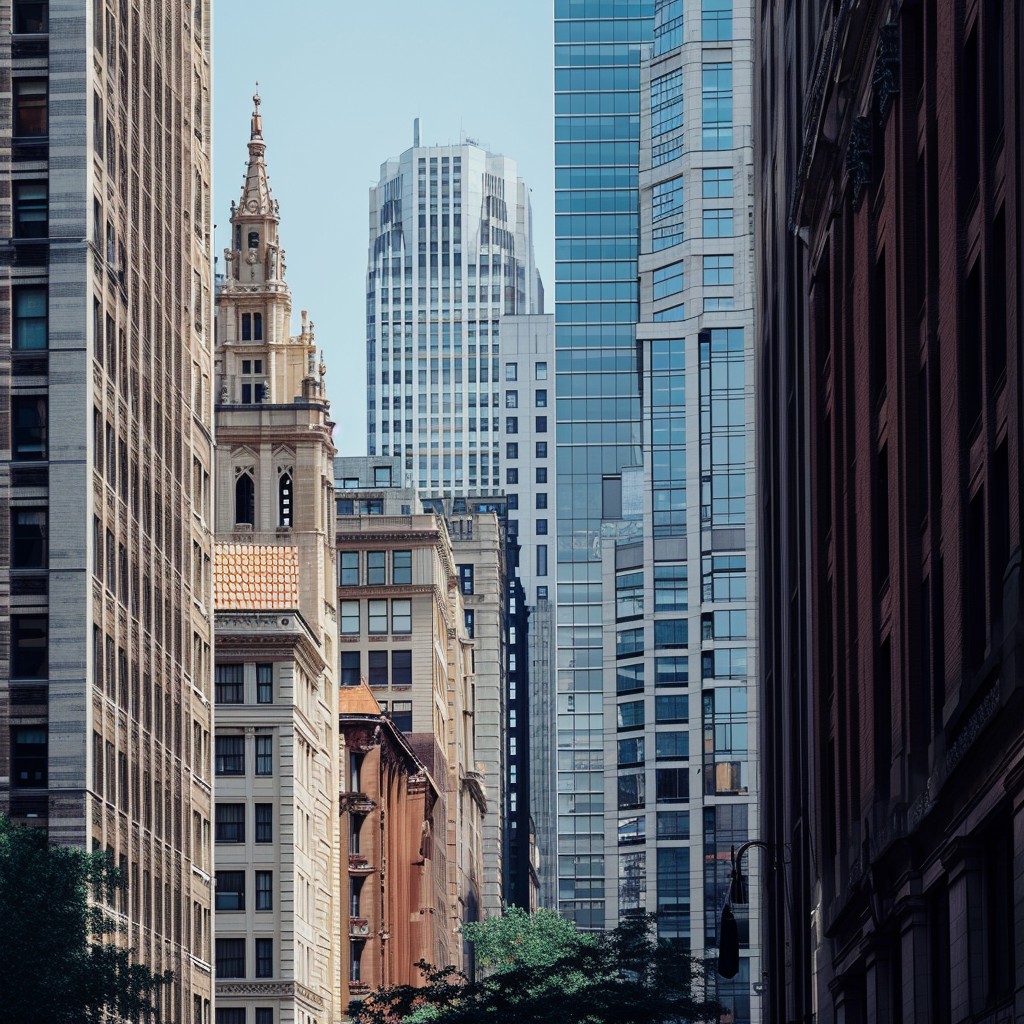Have you ever seen an old factory, warehouse, or even a church turned into a modern office space, hotel, or retail center? That’s the magic of adaptive reuse—a trend in commercial real estate where older, often historic, buildings get a second chance at life by being transformed into modern, functional spaces. Let’s explore how this innovative approach is reshaping cities, saving costs, and creating unique business environments.

What is Adaptive Reuse?
Adaptive reuse is the process of taking an existing building—typically one that is no longer serving its original purpose—and converting it into something new. Instead of demolishing an old structure, developers breathe new life into it, preserving its charm and history while updating it for contemporary needs.
Think of it like giving an old book a new cover while keeping all the pages intact!
Why Adaptive Reuse is Booming
- Sustainability Matters
As businesses and communities prioritize sustainability, adaptive reuse is becoming a favorite option. It’s environmentally friendly because it reduces the need for new construction materials and cuts down on demolition waste. By reusing old buildings, developers help reduce the carbon footprint that comes with tearing down and building anew. Less construction, less waste—more green! - Preserving History
Many adaptive reuse projects preserve the character and history of a building. In cities with rich historical architecture, like old factories or grand hotels, adaptive reuse maintains a sense of identity while blending the old with the new. These unique spaces attract tenants and customers who love the charm and story behind them. Imagine working in a cool, renovated warehouse with exposed brick walls that’s been standing for 100 years! - Creative Solutions to Vacant Spaces
Cities worldwide face the problem of vacant and underused buildings, especially with shifts in how we work and shop. Adaptive reuse turns those spaces into vibrant commercial hubs. Empty malls become mixed-use developments, or old churches are repurposed into beautiful event venues. These projects can revitalize neighborhoods, boost local economies, and offer creative real estate solutions. A former factory could be your city’s next trendy office space or boutique hotel!
Examples of Adaptive Reuse Projects
- The High Line, New York City
Once an old, abandoned elevated railway track, the High Line was transformed into a public park that now attracts millions of visitors annually. This adaptive reuse project turned an industrial remnant into one of NYC’s most beloved green spaces. - Ponce City Market, Atlanta
Originally a Sears, Roebuck & Co. distribution center, this building has been repurposed into a mixed-use hub with offices, retail stores, restaurants, and apartments. It preserves its historical charm while offering a modern lifestyle experience. - Union Station, Los Angeles
Union Station, a historic train station, was adaptively reused to include not just transport services but also retail spaces and event venues, turning a transit hub into a multifunctional commercial area.
Benefits of Adaptive Reuse for Businesses
- Cost-Effective
Renovating an old building can sometimes be more cost-effective than constructing a new one from scratch. Developers save on raw materials, and historic properties often qualify for tax credits and incentives, making adaptive reuse a financially smart move. - Attractive to Tenants and Clients
Unique, historic spaces tend to stand out from standard commercial developments. Tenants are drawn to the character, originality, and location of adaptive reuse projects, while clients enjoy the experience of visiting a one-of-a-kind space. - Flexible Use
Adaptive reuse projects are often multi-purpose, combining retail, office, residential, and entertainment spaces all under one roof. This flexibility allows businesses to thrive in diverse and dynamic environments.
Challenges of Adaptive Reuse
While adaptive reuse offers numerous benefits, it also comes with challenges. Older buildings may need significant structural updates to meet modern codes, especially concerning safety, plumbing, and electricity. Developers also have to balance preserving a building’s history with making it functional for today’s uses, which can be a delicate dance.
But with the right team and vision, these challenges can be overcome, resulting in a truly unique property!
The Future of Adaptive Reuse
Adaptive reuse is here to stay, especially as cities grow, sustainability becomes a priority, and businesses seek out creative spaces. With each project, we preserve a piece of history while moving forward into the future. As demand for flexible, sustainable, and interesting commercial spaces increases, so will the rise of adaptive reuse.
In Conclusion
Adaptive reuse isn’t just about renovating buildings—it’s about reimagining what a space can be. It combines history with innovation, sustainability with creativity, and offers solutions to modern challenges in commercial real estate. Whether it’s a factory-turned-office or a railway-turned-park, adaptive reuse projects are proof that old buildings can have new lives—and better ones at that!

